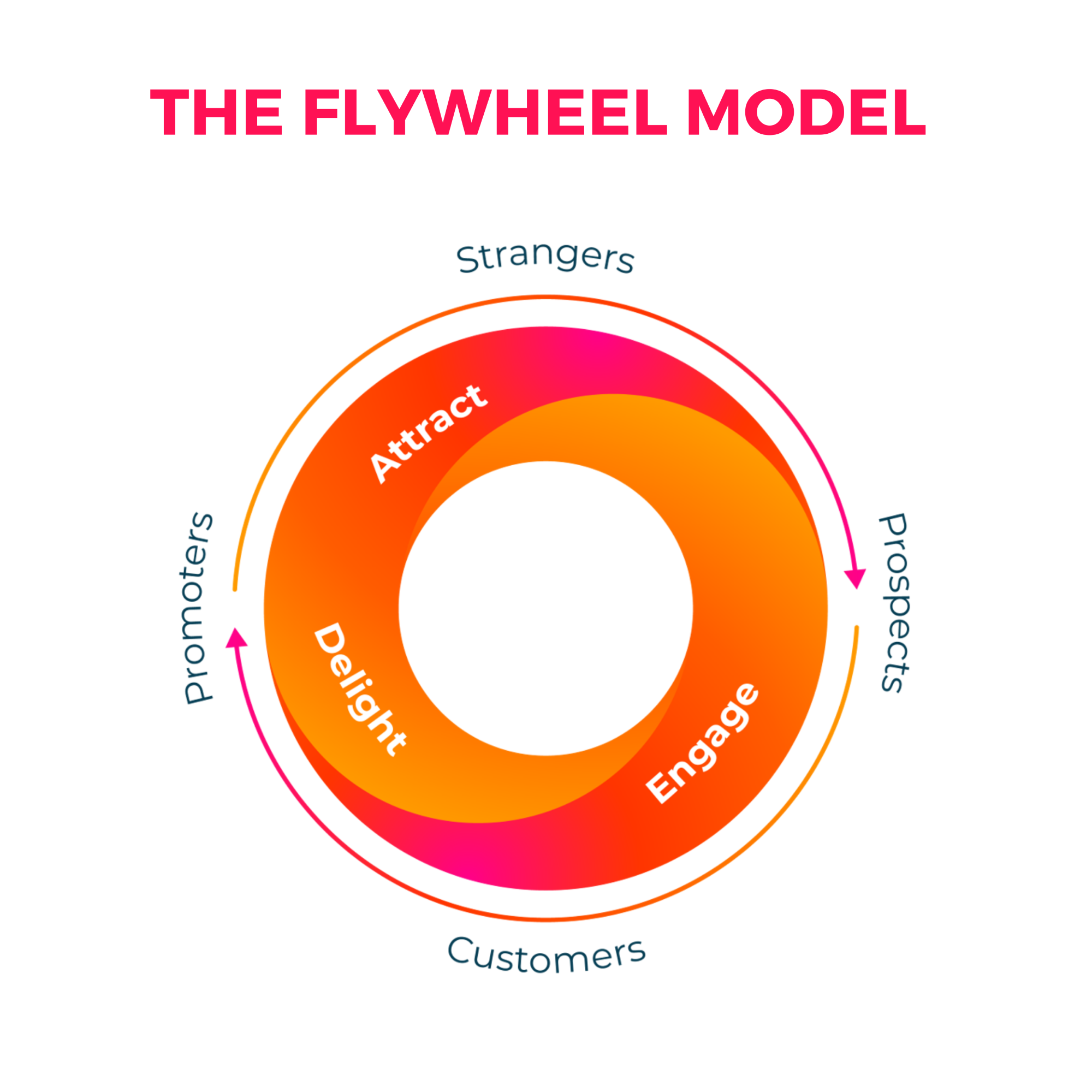- HubSpot ROI Calculator
- Blog
- Why ProsperoHub
- Resources
- Solutions
- Tech Stack
- Marketing Strategy
- Sales Enablement
- Marketing Automation
- Lead Flow & Generation
- Conversion Optimisation
- Prospect Ecosystem
- Reporting & ROI
- HubSpot Onboarding & Management
- Content Strategy & Execution
- Persona Development
- Marketing & Sales Alignment
- Account Based Marketing
- B2B Video Marketing
- Contact Us
- HubSpot ROI Calculator
- Blog
- Why ProsperoHub
- Resources
- Solutions
- Tech Stack
- Marketing Strategy
- Sales Enablement
- Marketing Automation
- Lead Flow & Generation
- Conversion Optimisation
- Prospect Ecosystem
- Reporting & ROI
- HubSpot Onboarding & Management
- Content Strategy & Execution
- Persona Development
- Marketing & Sales Alignment
- Account Based Marketing
- B2B Video Marketing
- Contact Us










.png?width=1940&height=1024&name=Part%20of%20Siloy%20logos%20(2).png)



.png?width=125&height=125&name=DataMigration534x534%20(1).png)
-1.png?width=125&height=125&name=Untitled%20design%20(4)-1.png)
